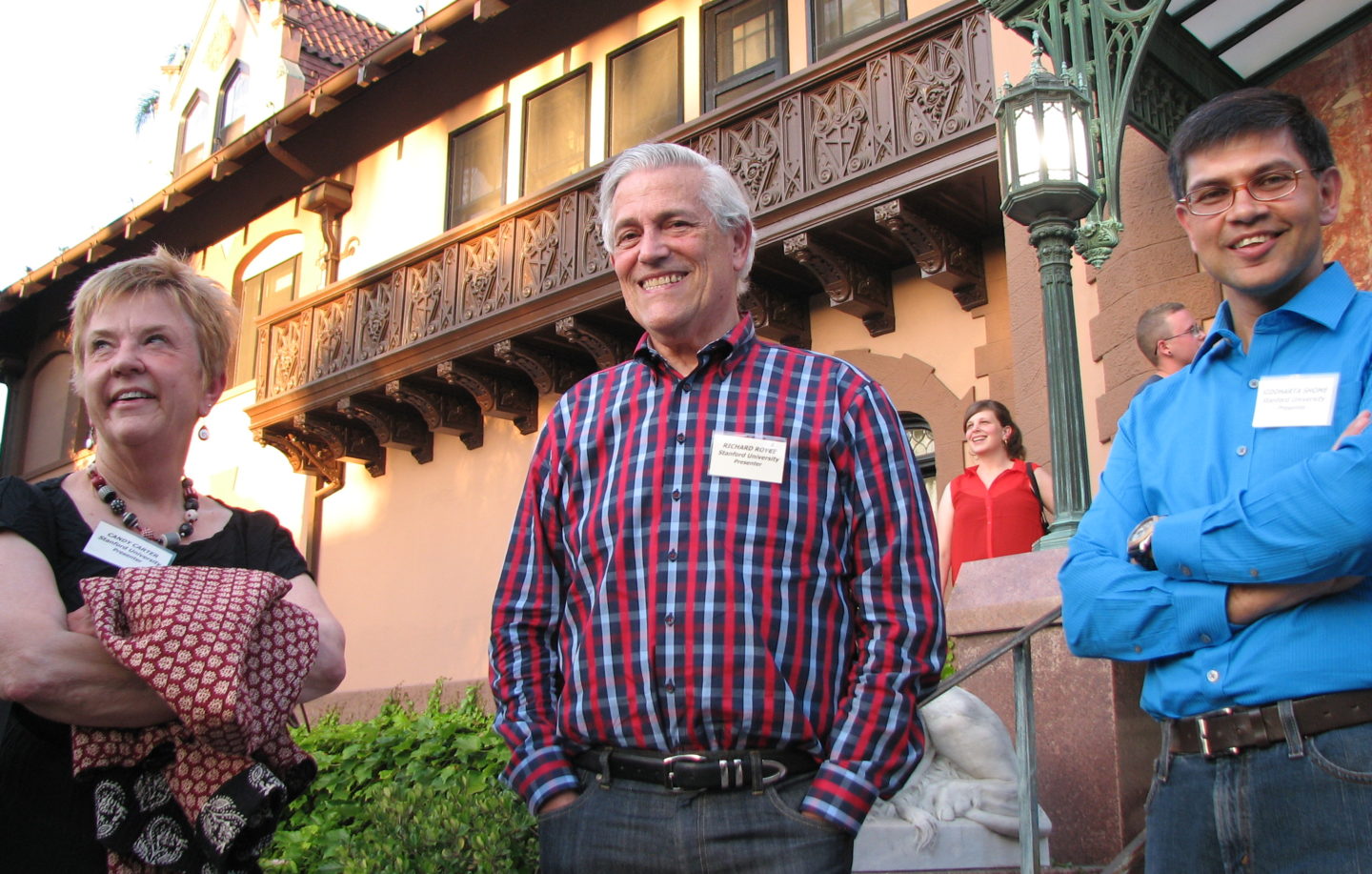Interdisciplinary master’s program lets good minds keep growing
In 2010, Richard Royse was a retired investment banker and health care development chairman seeking intellectual challenge. While putting himself through college and business school, while earning a living, he always regretted not spending more time on his first intellectual love – the humanities.
Today, Royse, MLA ’15, has fulfilled his longtime wish. Through Stanford’s Master of Liberal Arts program, an interdisciplinary Stanford degree program for adult learners, Royse and nearly 270 other MLA graduates have received a second chance to pursue a first-rate liberal arts education.
“What we look for in students is a sophisticated and flexible quality of mind, an intellectual curiosity, a willingness to contemplate complex, perhaps even unanswerable questions,” Linda Paulson, associate dean and director of the MLA program for 24 of its 25 years, told the Stanford News Service.

MLA students range in age from their mid-20s to their 70s. They attend class part-time, usually once a week in the evenings, then write a thesis under the direction of a Stanford faculty adviser. The program takes four or five years to complete.
Some MLA students go on to doctoral study or to career changes. All of them acquire new tools to examine questions that have occupied their working and personal lives.
Royse wrote his thesis on Benjamin Franklin, Cotton Mather and their differing opinions on inoculation against smallpox, which regularly ravaged 18th-century America. A passionate believer in public investment in health care, Royse sought to locate the intellectual roots of America’s first public hospital, which Franklin founded in Philadelphia in 1751.
Laila Craveiro, MLA ’15, is a nurse manager in the Clinical and Translational Research Unit at Stanford Medical School. Her MLA thesis examined the 17th-century Jewish community of Recife, Brazil, the town where Craveiro was born.
Though Craveiro is committed to her work at Stanford, she appreciates the “privilege to use this campus so fully.” “For the first time, I was out of the medical center per se,” Craveiro said. “When I was going up the steps to the history building, I just felt, ‘Wow, I’m really here.’”

On a campus where most students are much younger, being part of the MLA cohort lends support and reassurance. MLA students also appreciate being able to pursue a Stanford degree while working and tending to their families.
“Traditional Stanford students are wonderful to teach, of course, but it’s also very rewarding to teach returning students,” said history Professor Caroline Winterer, director of the Stanford Humanities Center and Royse’s thesis adviser. “These are the kind of people who put in a long day at the office, race home to feed dinner to their kids and greet the babysitter, then come to campus for an evening of work that doesn’t end until 10 p.m.,” Winterer said.
“They’re focused and serious, and they bring hard-earned wisdom to their classroom activities. They want to be there.”
Learn more about Stanford’s Master of Liberal Arts degree program.




